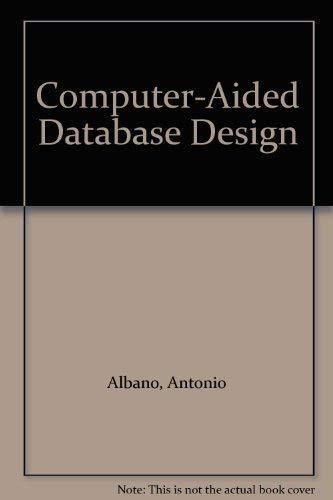Answered step by step
Verified Expert Solution
Question
1 Approved Answer
SUBJECT 1 ( 3 0 % ) Answer in detail the following questions selecting only 4 out of the 8 of them according to the
SUBJECT Answer in detail the following questions selecting only out of the of them according to the following schedule
taking into account your STUDENTS EXAM ID associated numbers.
Take the MAXIMUM number out of the numbers your student exam ID has been transformed into, lets say MAXIMUM
number transformed from the letter N or n of the Latin alphabet Divide this MAXIMUM number by and take the
remainder, which is
With numbering of the questions qqqqqqqq the above student with remainder will start from the questionq
and cyclically will choose questions, the following: qqqq and so forth.
q Consider an application that transmits data at a steady rate for example, the sender generates an Nbit unit of data every k time
units, where k is small and fixed Also, when such an application starts, it will continue running for a relatively long period of time.
Answer the following questions, briefly justifying your answer:
a Would a packetswitched network or a circuitswitched network be more appropriate for this application? Why?
b Suppose that a packetswitched network is used and the only traffic in this network comes from such applications as described above.
Furthermore, assume that the sum of the application data rates is less than the capacities of each and every link. Is some form of
congestion control needed? Why?
ANSWER
a A packet switch network is more suitable since small fixed packets transmitted over a long period can be served through packet
switching without the need to fully occupy a bandwidth for long time as in circuit switching
b No under these conditions the traffic can be afforded. There is no need for congestion control..
q Suppose there is exactly one packet switch between a sending host and a receiving host. The transmission rates between the sending
host and the switch and between the switch and the receiving host are R and R respectively. Assuming that the switch uses store
andforward packet switching, what is the total endtoend delay to send a packet of length LIgnore queuing, propagation delay,
and processing delay. What happens in the case of not having store and forward packet switching capacity as well as not having
queuing capacity.
q What advantage does a circuitswitched network have over a packetswitched network? What advantages does TDM have over
FDM in a circuitswitched network? List the differences between Message switching compared to circuit and packet switching.
Step by Step Solution
There are 3 Steps involved in it
Step: 1

Get Instant Access to Expert-Tailored Solutions
See step-by-step solutions with expert insights and AI powered tools for academic success
Step: 2

Step: 3

Ace Your Homework with AI
Get the answers you need in no time with our AI-driven, step-by-step assistance
Get Started


